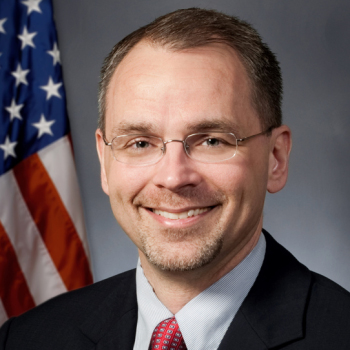SpaceX launches another 47 Starlink satellites into orbit
Just after midnight tonight SpaceX successfully launched 47 more Starlink satellites, with its Falcon 9 rocket lifting off from Vandenberg Space Force Base in California.
The first stage completed its fourth flight, landing on a drone ship in the Pacific. Both fairing halves completed their third flight.
The leaders in the 2023 launch race:
42 SpaceX
24 China
8 Russia
5 Rocket Lab
American private enterprise now leads China in successful launches 47 to 24 in the national rankings, and the entire world combined 47 to 40, with SpaceX by itself still leading the rest of the world, excluding other American companies, 42 to 40.
Just after midnight tonight SpaceX successfully launched 47 more Starlink satellites, with its Falcon 9 rocket lifting off from Vandenberg Space Force Base in California.
The first stage completed its fourth flight, landing on a drone ship in the Pacific. Both fairing halves completed their third flight.
The leaders in the 2023 launch race:
42 SpaceX
24 China
8 Russia
5 Rocket Lab
American private enterprise now leads China in successful launches 47 to 24 in the national rankings, and the entire world combined 47 to 40, with SpaceX by itself still leading the rest of the world, excluding other American companies, 42 to 40.



